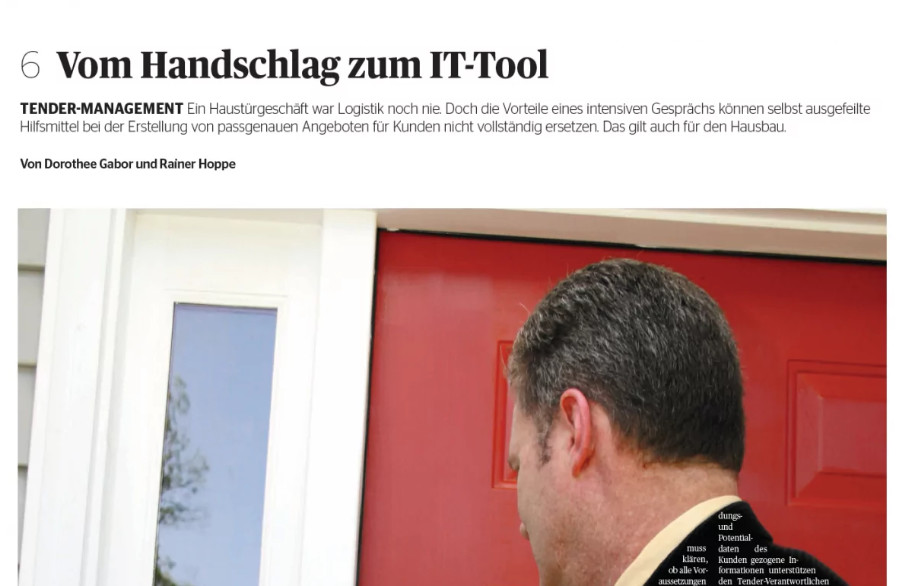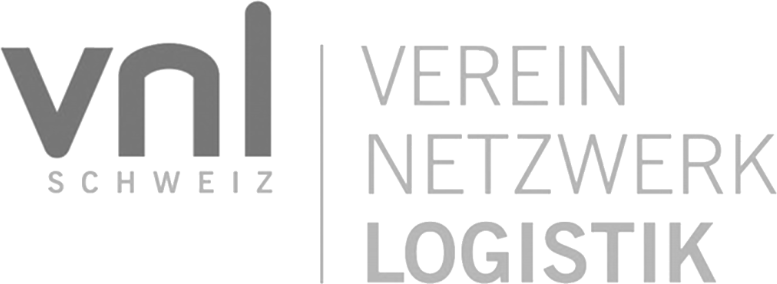CRM as a central information system for management, customer care and sales
A CRM is not only used to document conversations and manage offers. A CRM should provide customer service, sales and management with as comprehensive a picture of the customer as possible – preferably at a glance in a dashboard.
You can read here why a good understanding of the customer is the key to achieving a good customer experience: Blog post on customer experience in logistics
Logistics data with its very special structure is a challenge for CRM systems.
If in another CRM unit numbers and products are used as KPIs for understanding customers, in logistics CRM it is shipment or warehouse data. One of the strengths of LOGO CRM is that sales are broken down by logistics divisions and, in the case of transport data, also accumulated by relations.
LOGO ABC-Analyse:
In a LOGO customer file, it is easy to see which transport modes a customer is using and whether the focus is on transport or logistics. In the case of transports, it can be quickly read which routes the customer is travelling on and how they are developing in each case. In the Corona year 2020, it was really super exciting to look at the shipment developments in the living systems that are connected to different TMSs. In which line of business and on which relation did the turnover decrease the most? How have the number of consignments and turnover changed in relation to each other? On which relation does a customer start again first and how does everything look in comparison to turnover and profit?
A logistician does not need BI for such overviews. An integrated logistics CRM provides this “out-of-the-box”!
Logistics BI for SMEs, quickly implemented, easy to understand!
A BI project is often almost impossible for small and medium-sized enterprises – costs of at least €100,000 are to be expected. In addition, there are personnel resources for the agreements with the data analysts and the compilation of the data cubes for the desired reports. It can easily take a whole year before reliable figures are available.
LOGO customers can achieve the same effect within a few weeks and at a fraction of the cost. This is because LOGO CRM already contains many evaluations as standard and with LOGO DATA individual dashboards and reports can be created.
The data from the various upstream systems for transport and logistics are imported into the CRM database.
It doesn’t sound that difficult, but anyone who has ever dealt with the data from different transport management systems (TMS) knows that they are structured very differently. Whether air freight or sea freight has to be organised, whether it is general cargo or groupage, whether warehousing, logistics or value added services are provided. Often this data comes from many different systems.
Often there is no consistent customer identification number in the different systems. This makes it a challenge to assign warehouse data, transport, financial and claims data to the right customer files. It is even more difficult to standardise them in such a way that meaningful comparisons can be made between the lines of business.
And on top of that, a customer is often created up to 30 times in the operational system. Because he has numerous collection and delivery addresses. Not all TMS have the option of bracketing multiple TMS numbers or match codes. The VAT ID is not a mandatory field in all TMS and the customer number is not stored as a mandatory field in all TMS.
In many logistics companies, continuous processes between sales, operations, customer service and billing are not even possible.
CRM can build a bridge here and help companies win this challenge.
Please also read our blog post „The CRM Challenge Data Quality: Address Data“
So first we assign the operational data to the right customers. Then we have to process the very differently structured data.
No problem with LOGO CRM: CRM Challenge Data Quality – Logistics Data
This is where LOGO’s know-how comes into play. We know the structures of logistics data. So we can specify which relevant information has to be exported from the different systems or retrieved via API to feed the evaluations.
I have often experienced that the IT of LOGO customers always thought the creation of interfaces was far too complicated and blocked the integration. But when it is then pointed out that it is about 20 fields per consignment, I always see relief. Once I even heard: “Oh, that’s all you need? I can provide you with that first thing tomorrow.”
LOGO knows logistics data and already has the structures on board.
You no longer need to explain the logistics world to a logistics CRM expert. On the contrary, we know in advance what you need to gain a 360-degree view of your customers. And we have already prepared the evaluations for you. With a consultant for a general CRM, however, it can be difficult to explain processes, terminology and data structures. In any case, it costs a lot of time and energy.
Read in our BVL-Blog “Zahlen, Daten, Fakten” how logistics reporting can support you.
In a logistics CRM project with LOGO, you can take care of the really important things.
This saves a lot of internal resources. And you can very quickly use the evaluations and dashboards in LOGO for data-based strategic decisions.
In many TMS and BI projects, it is expressly discouraged to arrive at the analyses too quickly. First you have to know the structure of the data in the system and the desired KPI in detail. With LOGO, this step is either completely omitted or can be extremely accelerated.
For more than 25 years, analyses of consignment data have been part of our tools of the trade and the USP of our logistics CRM solution.
In order to achieve comparability of services in the different sectors, it is indispensable to apply different metrics and evaluation standards.
If you look at consignment and logistics data, this quickly becomes clear. One example: If you were to use only the consignment weight as a yardstick, air and sea freight consignments would be valued quite incorrectly. A tonne of air freight has a completely different weighting than a tonne of sea freight. For CEP services, the number of colli is often the decisive measurement. For warehouses, the average number of pallets per month is interesting. And for value-added services, the number of employee hours.
In LOGO CRM, we define the rating criteria once for all customers, but per division, so that an overall customer rating can be created.
Would you like to learn more about how LOGO CRM can also provide your company with a better overview between the different company divisions?
Then get in touch with us and tell us about your very own CRM Challenge













